
Machines that have been left for a long period of time in an outbuilding, shed or attic can get in some terrible states, though having
said that in my job as an HP field engineer I encountered some running kit that looked like it had been stored in a duststorm while it was
still plugged in :) Some people are apprehensive when it comes to cleaning old machines because they think hot water and/or detergent will harm the circuit
boards, others think nothing of getting a machine out of storage and giving it a rinse with a power hose.
Just think though of the process a circuit board went through as it was being produced in the fabrication plant. Back then anyway,
I think modern construction processes are similar. For a start you had a wave soldering machine which is basically a vat of molten solder heated at over 400
degrees centigrade that the boards skim over the top of. They've already been treated so that the solder will only stick to areas it's allowed to which means
the components are then soldered in tight.
Then the boards go in the industrial equivalent of a dishwasher and are cleaned with chemicals that remove excess flux (part of the
soldering process) and generally clean the boards. Again heat is involved. This means that sticking an old circuit board or keyboard in the shower and giving
it a scrub with mild detergent and a toothbrush won't harm it one bit. There are caveats of course, one of which is DON'T do this to monitors or power
supplies. Just don't.
Remove any batteries present and remember that the washing will remove any paper labels or stickers so they either have to be removed
first (after noting their location) or treated very carefully during the wash.
If you're going to use a dishwasher instead, all the above things apply along with making sure you use little detergent and
DON'T use the drying cycle, particularly if plastics are involved. They'll melt! The dishwasher can also remove the markings from chips if
the paint is already faded,so make sure you photograph everything before starting.
Drying should be done in a warm non-humid environment and should take 2 days for boards and keyboards, casings and
plastics don't need as much time as that. People in warmer climates than here in the UK sometimes dry machines outside because you get the added advantage of
moving air to speed up the drying.
Finally, make sure your Significant Other doesn't mind you messing up the shower and/or bath and/or dishwasher :o)
This machine was one of 2 PETs I recently rescued from a shed and boy did they look like it. Neither works so I figured the best thing
to do first was to get the scrubber and toothbrush onto them so I could at least see what I was doing whilst troubleshooting. They also hadn't been powered up
for 2 weeks.
*Update* They're now back together as you can see in the last few pictures - hell of a difference between the 2 sets of pix don't you
think? :)
Pictures
 |
2015 update
After carrying these 2 machines around from house to house with me over the years I thought it was time to bring them back to life and
get them on sale to clear some much-needed shelf space. Having restored a few other PETs by this time they turned out to be easy fixes of the usual bad RAM
and editor ROM. At least they were clean to start working on. The pics show them back together for one last time.
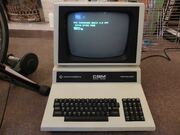 | 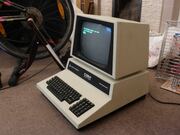 | 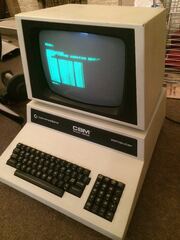 | 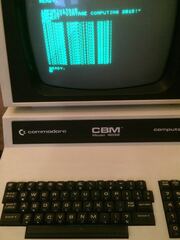 |
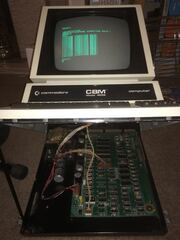 | 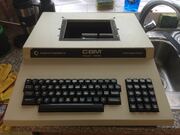 | 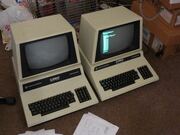 | 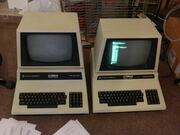 |